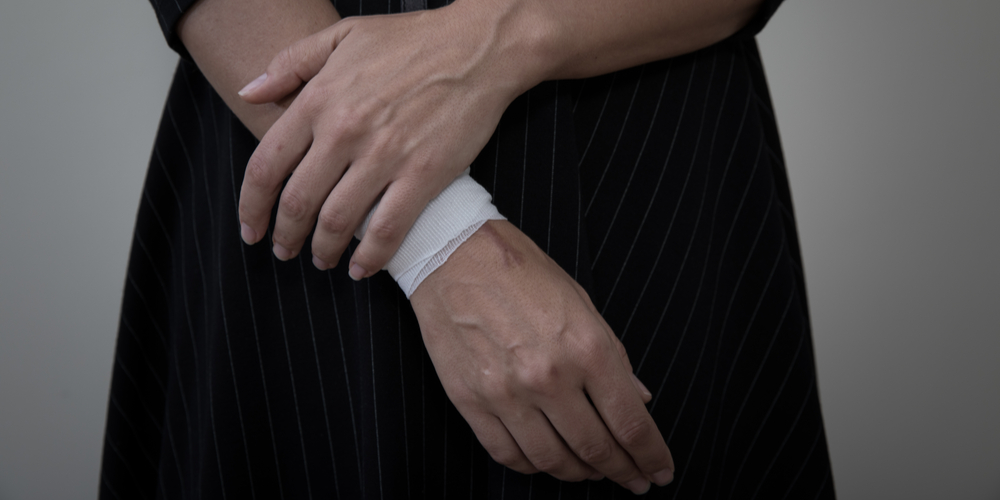
Self harm is a major health issue which is increasingly common in young people. Around 10% of admissions to medical wards in the UK are due to self-harm but such statistics can hide those who self harm and do not seek treatment for their injuries. Self harm does not just mean inflicting harm on the surface body by cutting but can also be used to describe damage done by eating disorders or drug overdoses. But what is self harm?
Self-harm describes a wide range of damaging behaviours in which people injure themselves in a deliberate way. In most cases the self-harm is hidden from friends or family and as such can go on for a long time without being discovered. Common injuries inflicted during self-harm include scratching, pulling out your own hair, ingesting toxic substances, burning, scalding, cutting yourself and deliberately breaking bones or otherwise banging your head or body. So what are the reasons for these behaviours?
In the majority of cases the self-harm is done without suicidal intent, even though the injuries could result in death. Self harm is usually a symptom of other mental or emotional stress. Young people who self harm usually do so as they can’t express or identify their feelings in a healthy manner. As opposed to one significant event often those who self-harm attribute these stresses to multiple factors and problems they face daily. The reasons for performing self-harm are wide and varied and as such there’s no ‘typical’ case of self-harm. However self-harm for many is seen as a temporary release from intense feelings such as depression, stress, self-esteem problems and anxiety. Feelings of intense pain can cause the brain to release endorphins, which work as natural pain relievers, and as such the self-harm may be used to seek pleasure. Many who self-harm use injuries as a way to draw attention to their need for help and use it to seek assistance in an indirect way. But in some cases self-harmers will hide their injuries to avoid such attention. As well as a coping mechanism there are several other common reasons behind self harm including, as a distraction from emotional pain, to exert a sense of control if the sufferer feels a lack of this in other areas of their lives and to regulate strong emotions.
Research shows that the rates of self-harm are much higher in young people with the average onset of symptoms being around 12 years of age. However there can be exceptional cases where self harm will start at a much younger or older age. Self-harm is much more common in females than males and although more common in the young self-harm can also occur in elderly people suffering from depressive or physical conditions.
Treatment for self-harm is commonly done with therapy. This is due to the fact that self harm can be an indicator of depression and personality disorders are also common in self-harmers. Many who self harm suffer from varying degrees of depression, as such treatment with antidepressants can also be effective in treating these patients. Cognitive behavioural therapy, in which the patient is conditioned out of harmful thoughts or behaviours, is also often used. The sufferer is usually taught avoidance techniques, which they can engage in when the urge to self-harm arises. These include exercise or sports, keeping a diary or being around friends when the sufferer experiences the urge to self-harm. There’s a wide range of services across the UK which can help sufferers and evidence suggests that these are highly beneficial.